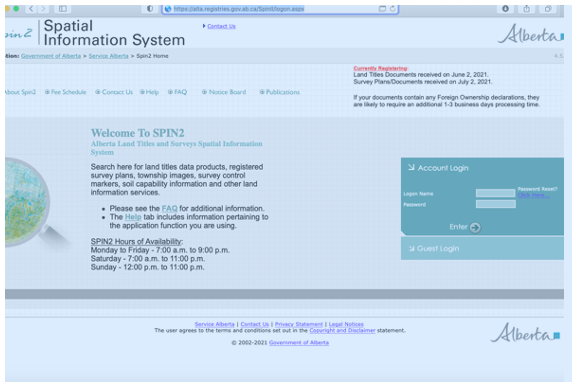Restrictive Covenants
Historically, when the community of Mount Royal was developed in the early 1900’s, restrictive covenants were imposed on the titles to establish and preserve a certain character to the neighborhood.
- Two restrictive covenants are the most common, but others were used subsequently. Early developments in the north part of the neighbourhood had the restrictive covenants incorporated into the transfers of land. Later developments in the south part were subject to a restrictive covenant that covers a broad area in the south portion of the community.
- But the effect of most restrictive covenants is similar:
- Limits the properties to single dwelling
- Imposes setback requirements
- Prohibits commercial use
What are Restrictive Covenants?
- Legal documents registered on a title to land that Impose requirements and restrictions on how and what landowners can do with their land.
- Operate as a building scheme.
- They are contracts among landowners who are subject to the covenant, so only other landowners under that covenant can enforce them or change them.
- City could bring attention to an Restrictive Covenant when Development Permit is submitted but generally the City does not, so residents have the obligation to enforce.
- Restrictive Covenants will be enforced by the courts upon application by other landowners subject to the restrictive covenant, even if the covenants are inconsistent with city zoning or land use bylaws
Important aspects of Restrictive Covenants
- Can be used to prevent developments that are not consistent with the terms of the restrictive covenant. Allow neighbours to retain the qualities covered by the RC, e.g. single family, setbacks etc., even if the City wishes to change the nature of development in the area.
- Must be enforced on a timely basis in the early application stages, not when construction is completed.
- Must be consistently enforced. We cannot pick and choose when and where to enforce the restrictive covenants.
What can you do?
- If you are in the area affected by the RC, convey your opposition to any developments that are not compliant with the RC, to MRCA, to the City, and be prepared to challenge legally.
- Check your title to confirm if your property is subject to a RC. It may shown on title as a Caveat.
- Act collectively if we need to challenge in court.
How to know if your property is subject to a Restrictive Covenant?
The Restrictive Covenant will be registered on the title to your property.
- Registry Office – Request a copy of title and a copy of any Restrictive Covenant on the title.
- Online Search: https://alta.registries.gov.ab.ca/SpinII/logon.aspx
a. Select “Guest Login” button unless you have an account

b. “Agree” to Terms of Use

c. Select “Search” button at top

d. Search by “Street Address”

e. Click “Add to Cart” then “Additional Documents” to select any restrictive covenant on the title. Select “Restrictive Covenant” from the Additional Documents drop down menu and select the Restrictive Covenants on the title.
f. Select “Shopping Cart” button at top and follow instructions for payment. $10 each for the title and Restrictive Covenant. You will be prompted to choose method of delivery – email or download.
